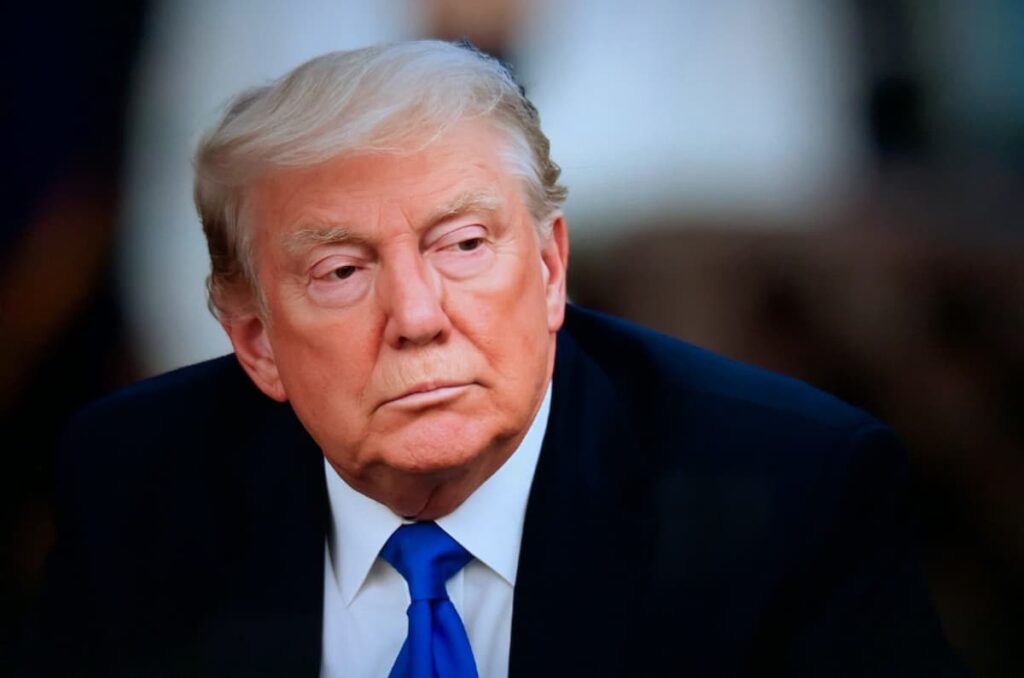Trump Cuts G7 Visit Short Amid Escalating Middle East Tensions
U.S. President Donald Trump departed early from the Group of Seven (G7) summit in Canada to monitor the fast-evolving crisis between Israel and Iran. His sudden exit raised global concerns as the situation in the Middle East continues to escalate rapidly.
While leaders gathered to discuss pressing global issues, Trump’s attention quickly shifted away from diplomatic talks with Western allies to the intensifying conflict overseas. He altered his original schedule, which planned for a longer stay at the summit, in order to return to Washington sooner than expected. The White House later confirmed the move, linking it directly to the unfolding developments in the region.
Trump’s administration has signaled urgency as tensions rise between the two Middle Eastern powers. In a striking move, the president urged civilians to evacuate Iran’s capital, a message interpreted by many as a pressure tactic directed at Iranian leadership. Behind the scenes, his team began pushing for swift diplomatic engagement, tasking key advisors with organizing a direct channel of communication with Iranian officials.
Diplomatic Efforts and Warnings Intensify
Trump has directed Middle East envoy Steve Witkoff and other senior officials to pursue immediate contact with Iranian representatives. These attempts aim to assess Iran’s willingness to negotiate amid ongoing military exchanges with Israel.
Although no formal meeting has been confirmed, U.S. officials suggest that Iran has responded through intermediaries, indicating that discussions may be possible in the near future. Trump has maintained publicly that diplomacy is still viable and necessary to resolve the crisis, even as military actions continue on both sides.
At the G7, Trump informed European counterparts that efforts to reach a ceasefire were in progress. However, he did not elaborate on what measures the U.S. would take if diplomacy fails. His stance remains ambiguous regarding possible military involvement, though his administration has reaffirmed that American forces are currently in a defensive posture.
Despite his initial reluctance to sign a joint statement with other G7 leaders, Trump eventually agreed after revisions were made. The final document expressed a collective call for peace, emphasizing both Israel’s right to self-defense and the need to prevent further civilian harm. The statement also underscored the international consensus that Iran must never obtain a nuclear weapon.
G7 Faces Divisions Over Strategy and Leadership
The early days of the summit were marked by disagreements, particularly regarding how to address the Israel-Iran conflict. Some European leaders expressed uncertainty over Trump’s diplomatic strategy and questioned the effectiveness of his communications with Iranian officials.
A notable point of division emerged over the potential involvement of Russia in mediating the conflict. Trump suggested that Russian President Vladimir Putin could play a constructive role, referencing a recent conversation between the two. This proposal was quickly dismissed by some allies, who cited Russia’s ongoing violations of international law as grounds for disqualification from any peace efforts.
Trump also reignited debate about the G7’s past decision to expel Russia, calling the move a strategic error. He implied that the exclusion of Putin from global discussions may have contributed to today’s conflicts. These remarks drew mixed reactions from other leaders and highlighted the growing political distance between Washington and key European allies.
The Road Ahead: Uncertainty and Pressure
As the conflict between Israel and Iran enters a critical phase, the U.S. continues to weigh its response. Trump has signaled that military action is not off the table, but remains focused on forcing Iran back to negotiations. Earlier in the year, he gave Tehran a strict timeline to finalize a nuclear deal. When that deadline passed without resolution, Israel launched a significant wave of strikes targeting Iranian military infrastructure.
While Trump’s rhetoric remains firm, his actual strategy is harder to pin down. He has avoided detailing potential triggers for American military involvement, even as Israeli forces press forward with their offensive. His priority, according to officials, is to prevent Iran from acquiring nuclear weapons at all costs.
Meanwhile, the global community watches closely. European leaders continue to urge de-escalation, and regional diplomats report that U.S. intentions remain narrowly focused on defense—unless American interests are directly threatened.
Trump’s decision to leave the G7 summit early underscores the seriousness of the situation and the uncertain path ahead. As diplomacy hangs in the balance, the world waits to see whether strategic pressure will bring Iran to the table—or push the region deeper into conflict.



